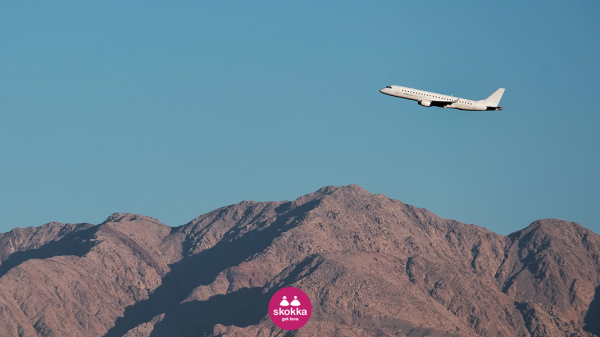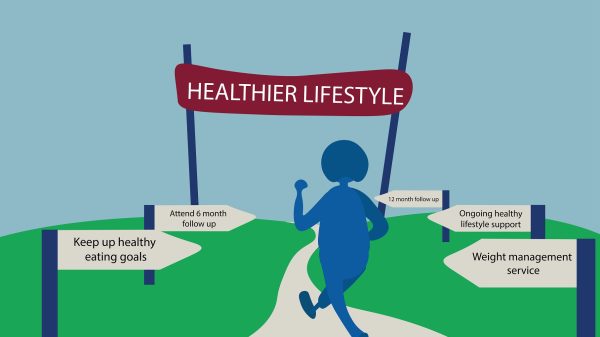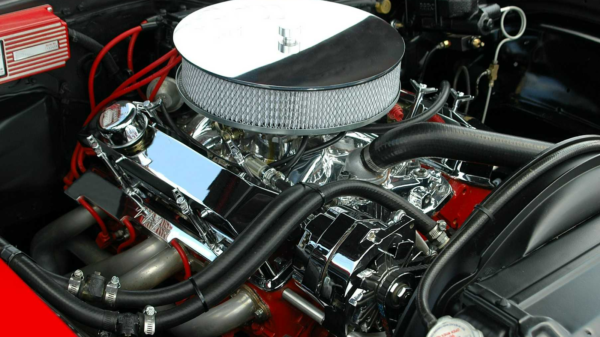The popularity of offshore wind energy is gradually increasing in different parts of the world as more countries embrace sustainable energy sources. Offshore wind energy is clean and renewable energy obtained from the force of the winds in the sea and transformed into electricity. The winds at sea are more potent than on land because of the absence of barriers, making it possible to harness more clean and reliable energy.
In order to take advantage of the force of the wind produced at sea, megastructures of offshore wind turbines are installed and erected on the sea bed to harness wind energy. For instance, when you observe the northeast from the UK’s east coast, you can see many white wind turbines used to harness wind energy.
So, how do these wind turbines work? View more information here on offshore wind energy generation and how it works.
The working of an offshore wind farm
First of all, offshore wind farms are usually installed in shallow waters about 60meters deep but away from marine traffic routes, spaces of ecological interests, and strategic naval installations to avoid impacting any activities on the sea. Before we look at how an offshore wind farm works, it is paramount to know what wind turbines are.
A wind turbine is the modern type of windmill and harnesses the power of the wind to create electricity. A wind farm has many turbines, and the towering white or grey turbines are noticeable from afar. They are painted white or grey to make them visually unobtrusive.
Every wind turbine has a set of blades, a nacelle, and a shaft. The force of the wind makes the blades rotate, producing kinetic energy. As the blades spin, the shaft in the nacelle turns on, and a connected generator converts the kinetic energy into electricity.
What happens next?
You are probably wondering what happens to wind-generated electricity. The electrical energy goes through a transformer on-site that raises the voltage to that used by the national grid to transport it across the wind farm.
The electricity passes through underwater cables to the substation or national grid transmission network, then distributed into homes and businesses. One advantage of offshore wind energy is that a single wind turbine can generate power to be used by a small set of homes or businesses.
How strong should the winds be to generate power?
As we have already learned, wind farms are located in the windiest locations possible to optimize the energy they can harness hence offshore wind farms. One thing about offshore wind turbines is that they can harness the power in anything from light to strong winds. They generate about 80% but are not usually at full capacity in most cases but are designed to shut down in really high winds to prevent damage.
Offshore wind energy is an infinite and constantly renewable source of energy. Moreover, wind energy conversion to electricity doesn’t harm the environment, so it is sustainable.
Final word
Currently, the development of new offshore wind turbine foundations has made it possible to locate these installations further away from the coast. Such advances will create a prosperous future for offshore wind energy generation.









































































You must be logged in to post a comment Login